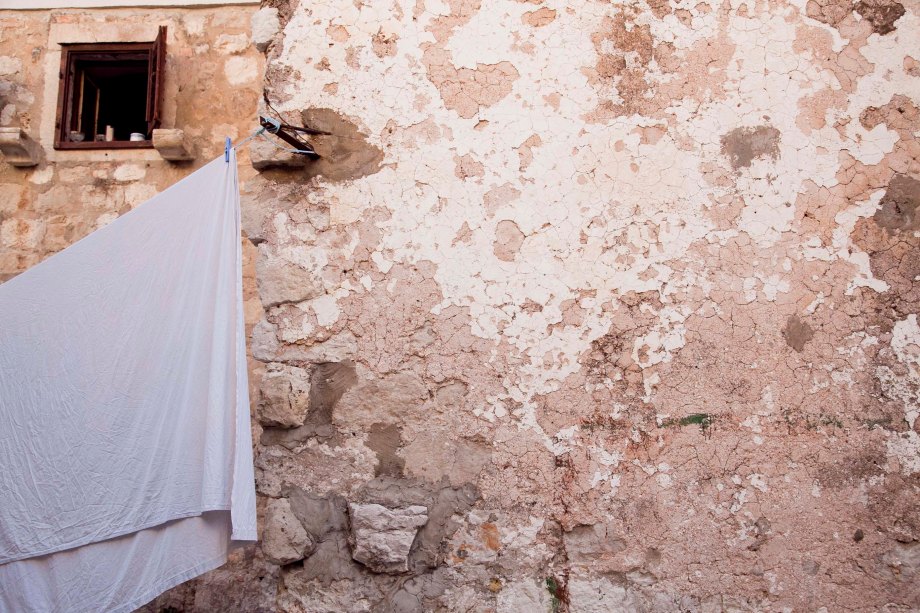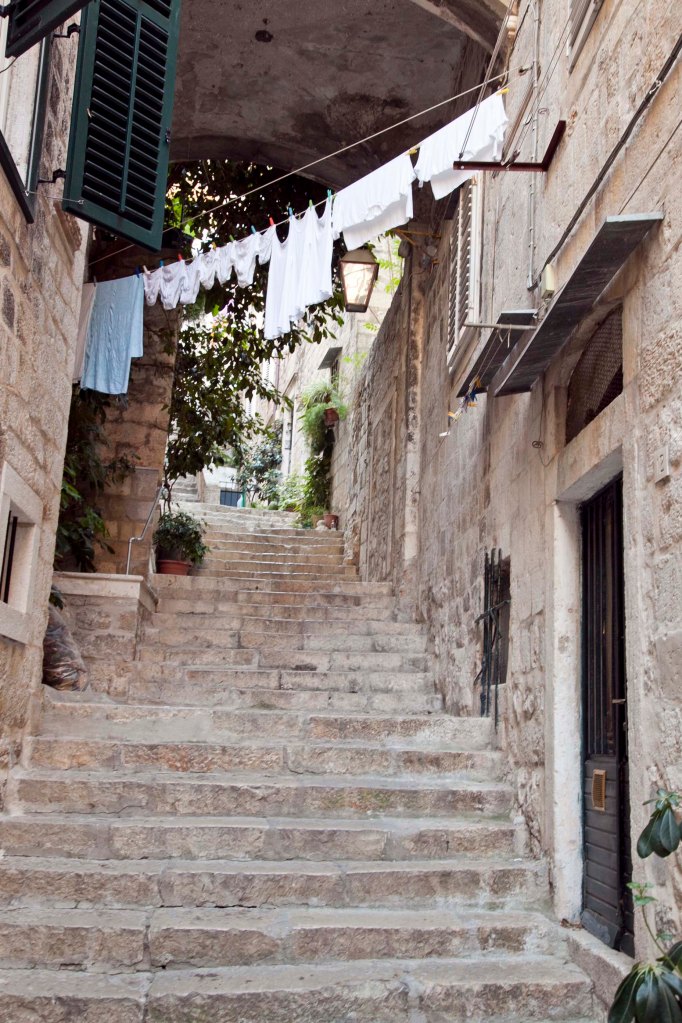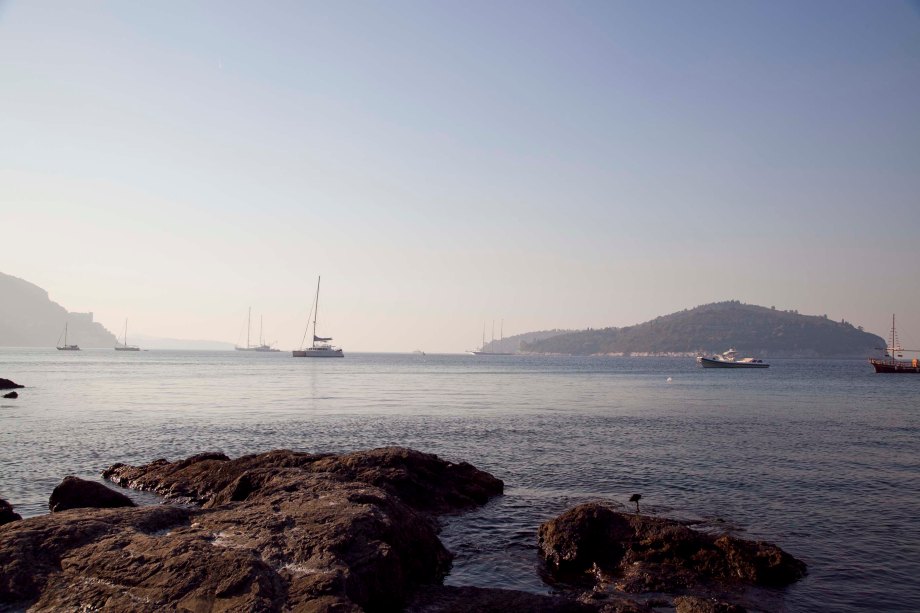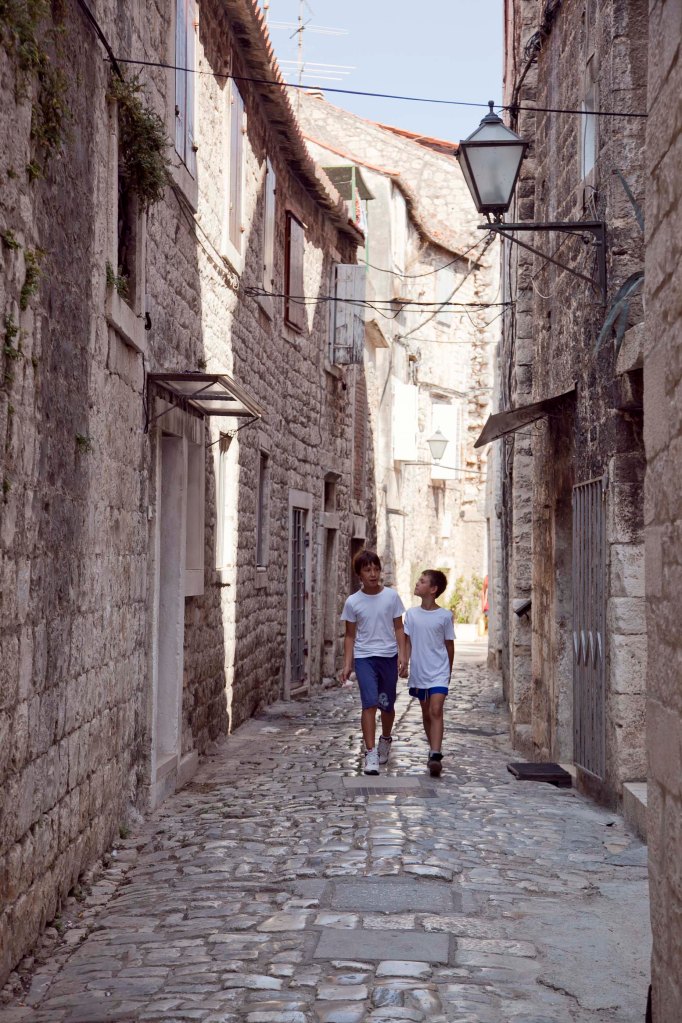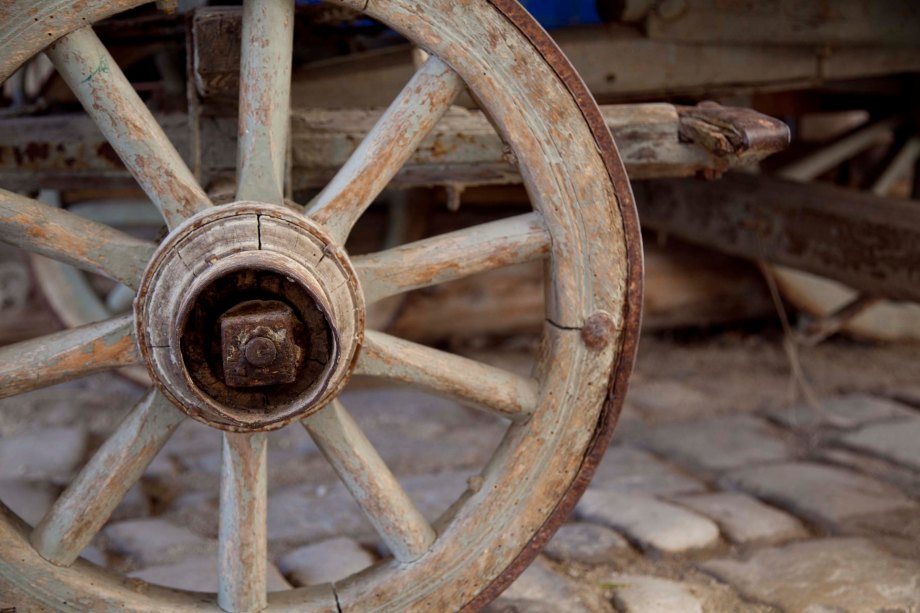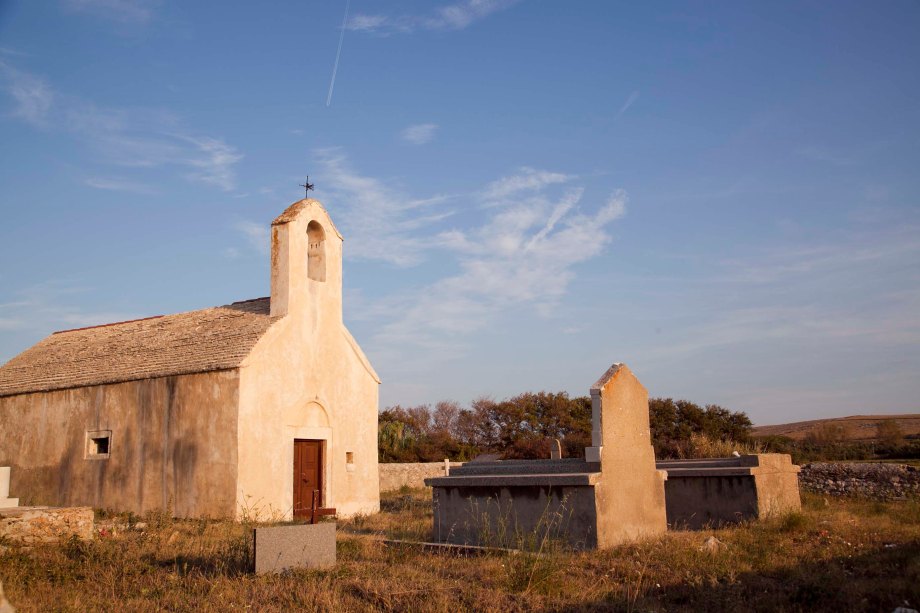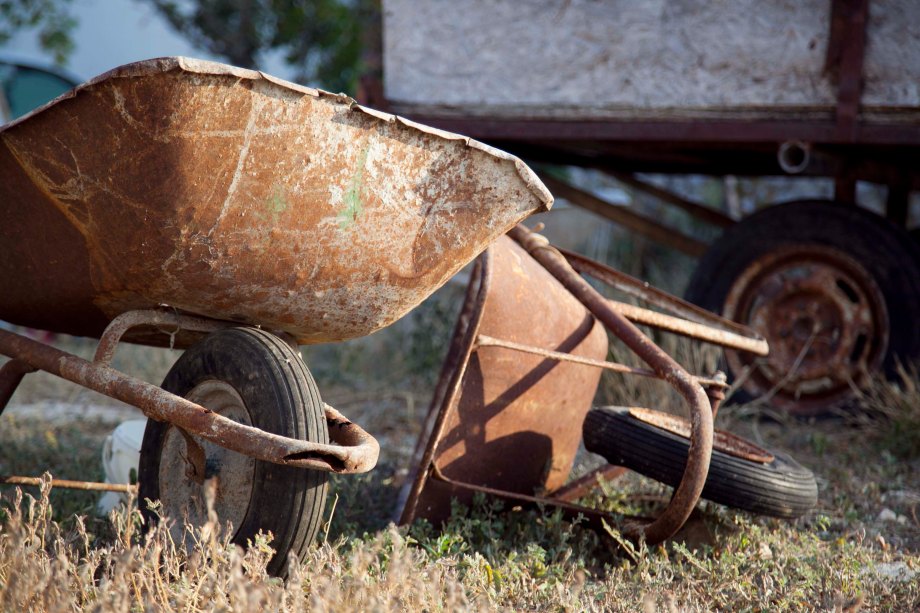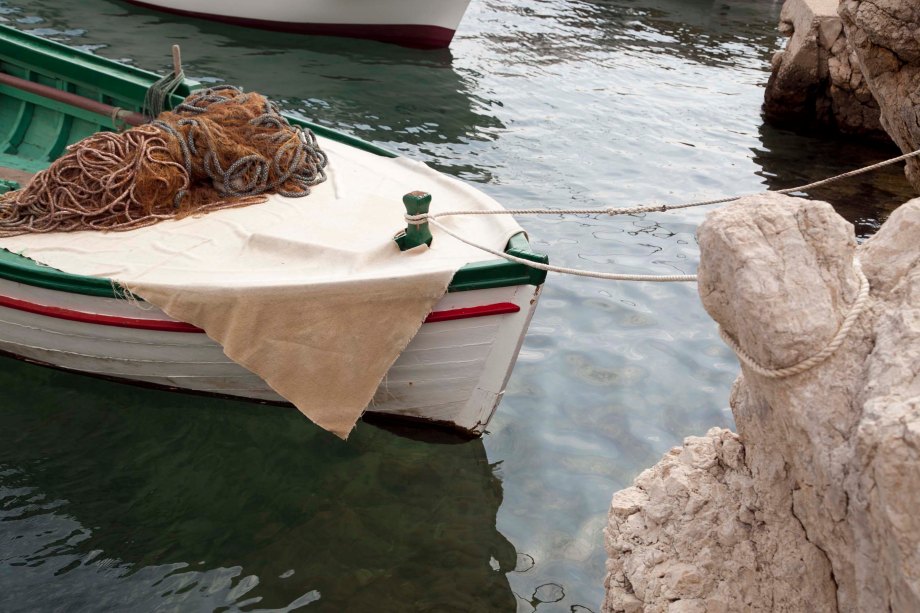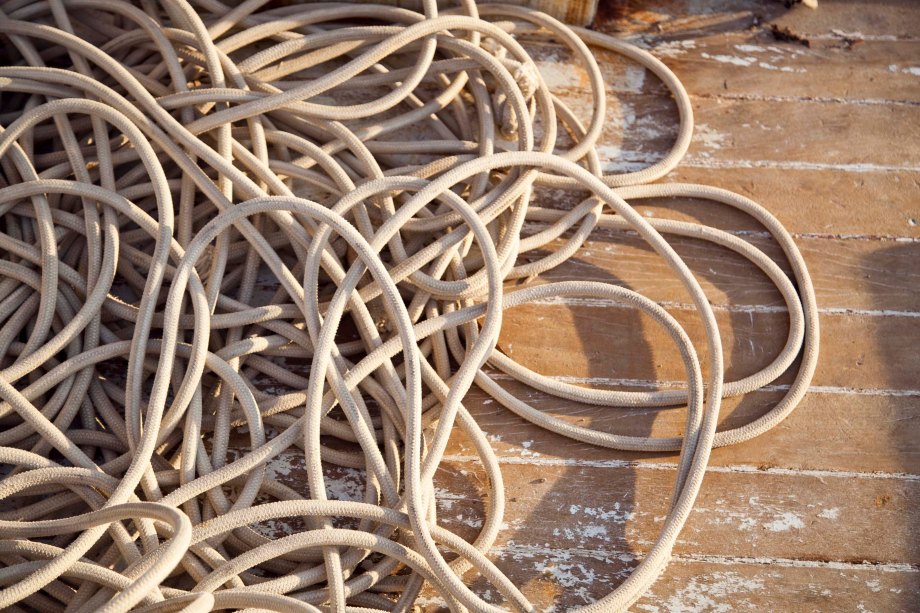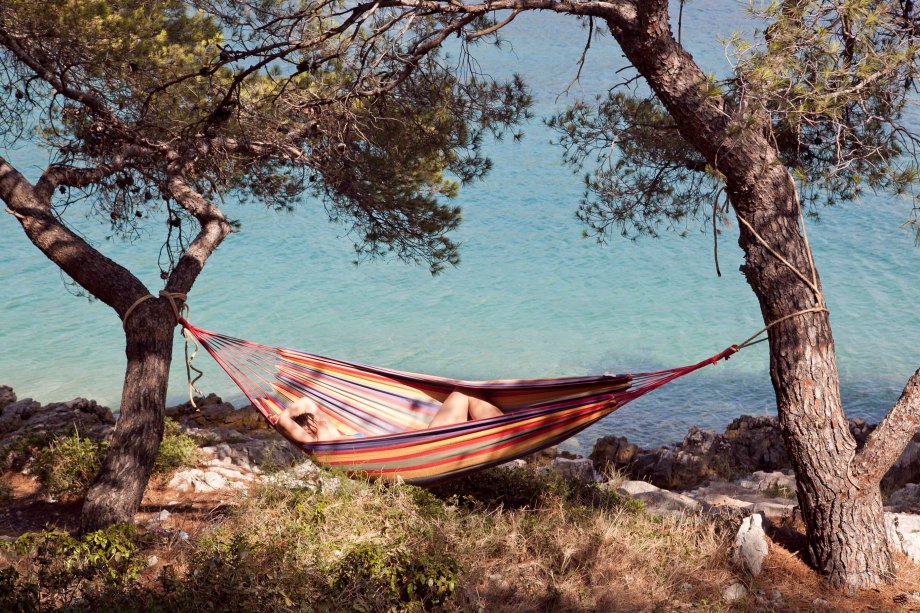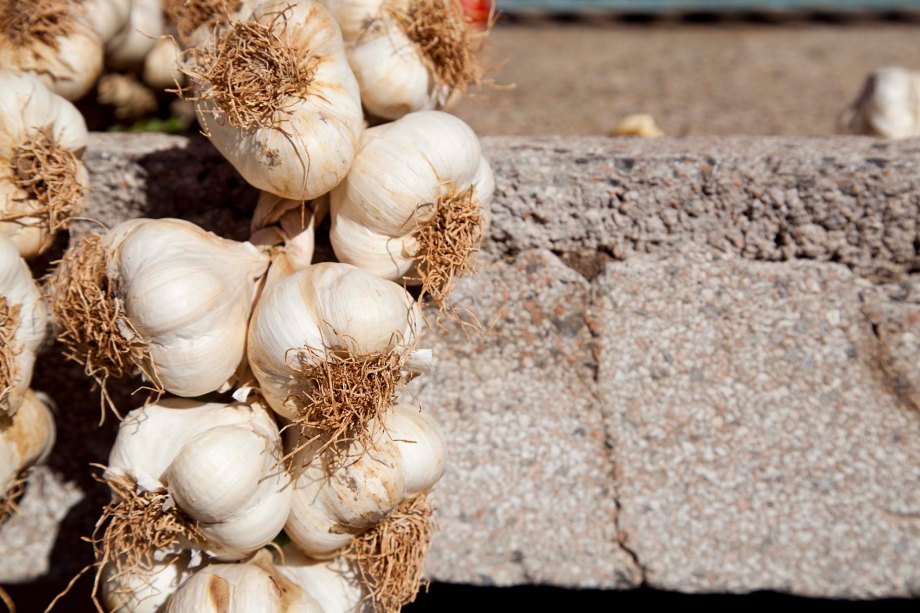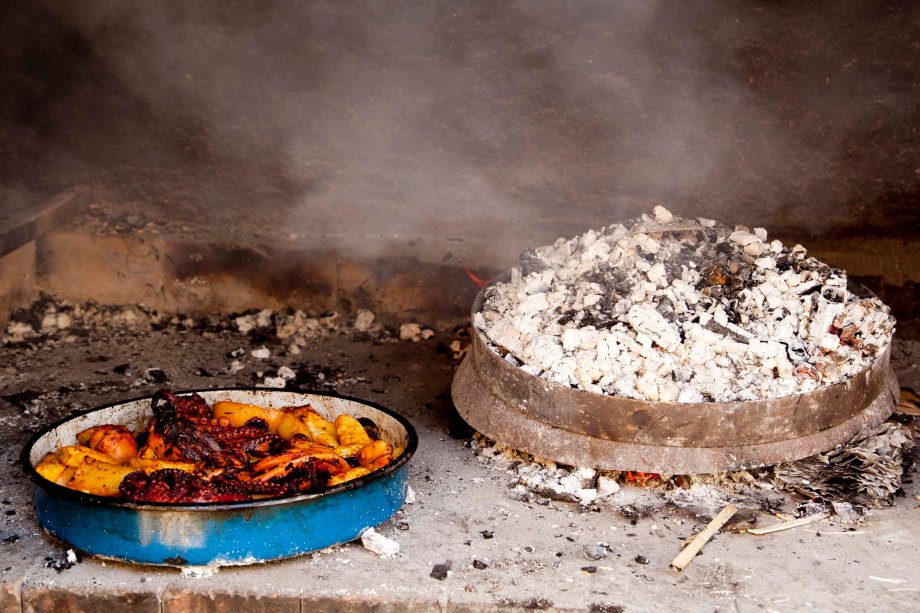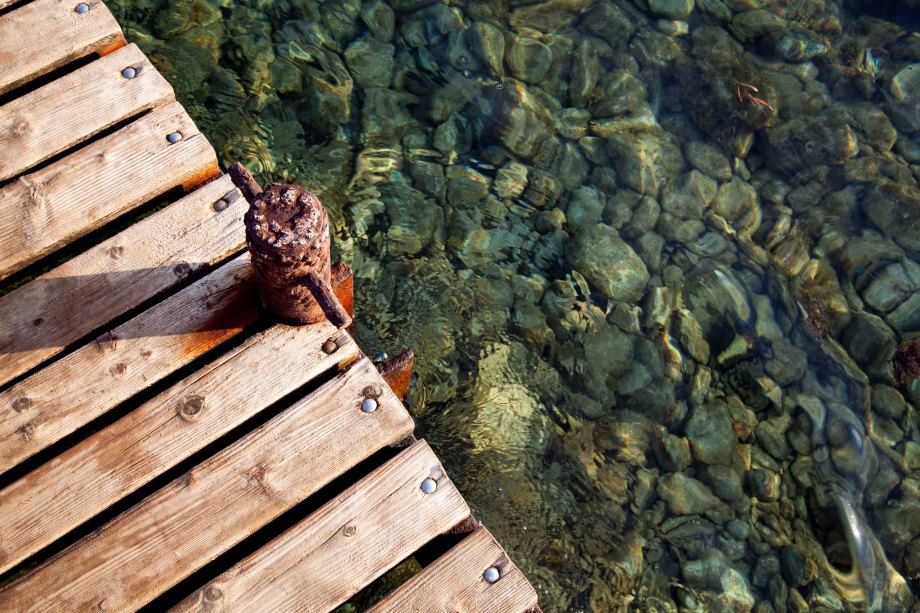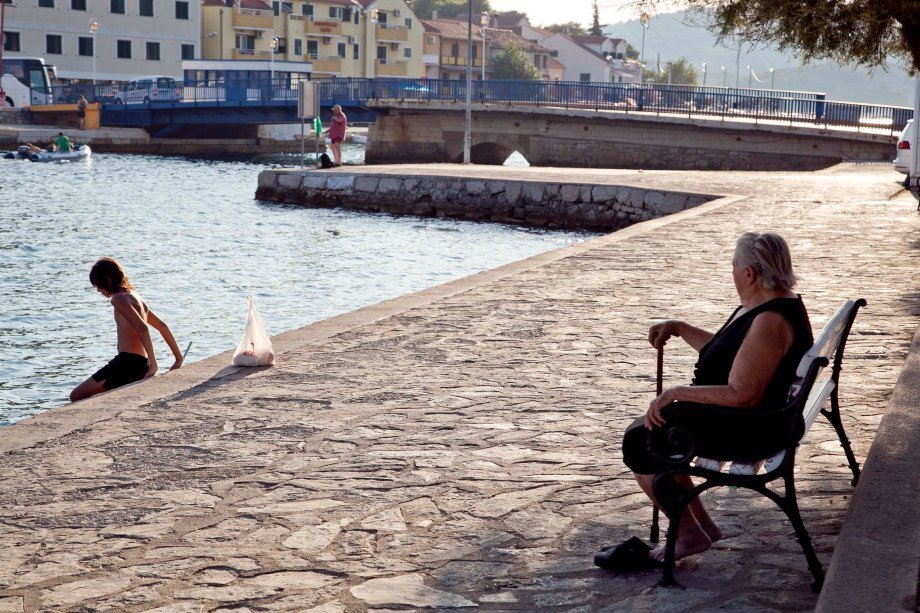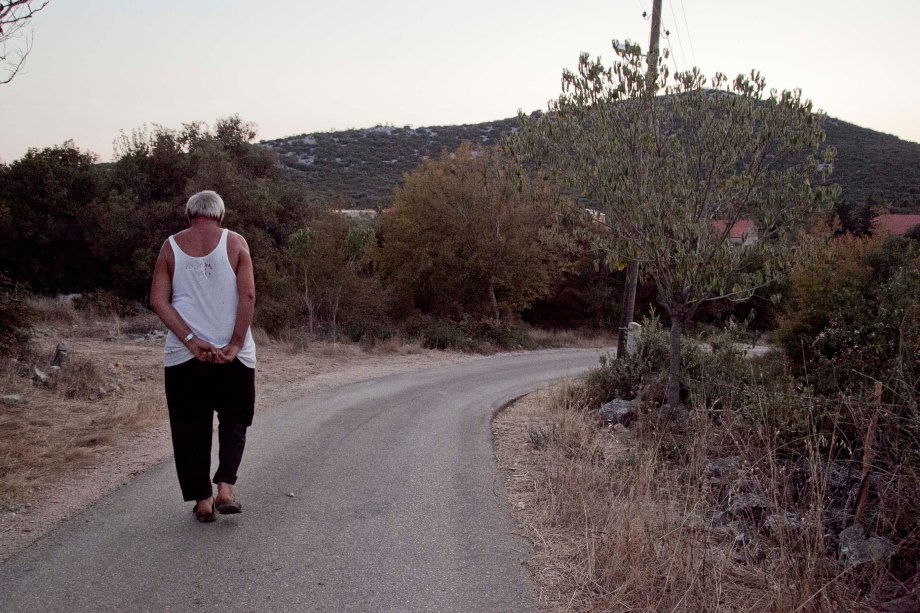It is truly as beautiful as everybody says it is. And it attracts more tourists than anywhere else in Croatia for a reason. There is something magical and other-worldly about Dubrovnik. Some essence that cannot be found elsewhere in Dalmatia. Dubrovnik is a world unto itself. Located at the southern tip of Croatia, for centuries was an independent republic, similar to the Venetian republic of the same era. Originally known as the Republic of Ragusa, it remained an independent state for centuries, boasting strong maritime trade links throughout the Mediterranean. Today it has become part of Croatia, and perhaps its greatest gem. Although, some old people of Dubrovnik still consider themselves are unique from other Croatians.
The majority of visitors to Dubrovnik tend to stick to the old town centre (from the Renaissance Era) and the surrounding beaches. Walking down Stradun (the main street, and orientation point, in the old town) is surreal feeling – the stone pavement is so wore from centuries and centuries of people walking its length, that it glistens in the midday sun. The imposing bell tower tolls on the hour, ensure that you don’t lose track of time as you wander through the labyrinth of narrow streets and lanes. If it’s not too hot, I recommend paying the 70 kuna (approximately US$12) and walking along the outer walls of the city – from this vantage point you get a bird’s eye view of the city. Try to avoid doing this on a hot summers day, or at least go early in the morning or late in the afternoon, as the summer sun is blisteringly hot and there is no shade to hide beneath along the wall.
I also recommend that you try to get up early in the morning to experience the city under the warm light of a summer morning. Dubrovnik looks just magical at this time of day, with its white limestone walls and red terracotta roofs shining through the dawn mist. The entire town is still and quiet, without the humdrum of tourist every which way you look. Take a walk out of the old town and up the hill through the residential streets to experience the spectacular view below. From this outlook, you can see the beauty of the old town floating on the magestic blue Adriatic Sea. I also took a walk out of the old town and along the seaside. Through the haze, people are fishing or taking their morning swim, or taking advantage of the stillness of the morning to sail out into the horizon.
The evening is another great time to explore the city. You’ll be greeted with a completely different atmosphere from that in the early morning – as the sun goes to sleep, Dubrovnik awakens. People fill the streets, walking up and down Stradun in the cool evening breeze. All the alfresco restaurants are full of people eating and socialising, and the caffe bars overflowing with people enjoying a drink or two, whilst watching the world pass them by. The evening is also a great time to peruse the boutiques in Dubrovnik – out of the harsh midday sun, dusk is the perfect time to enjoy an ice-cream and wander through the lanes full of retail outlets which are open until about 9 or 10pm.
During my travels around Croatia this year, I visited Trogir for the first time. I hadn’t originally planned to visit this town, but having a few hours to spare before catching a flight from Split, I decided to wander through the streets of this medieval UNESCO world heritage sight. Located just 15 minutes from Split airport, it is the perfect departure point for those heading to the northern Adriatic coast – head to Split if you’re heading south. Having just an hour or two to explore, I wandered around the cobblestone streets, browsing the stores and sampling some ice-cream. There isn’t much to Trogir, except for its exquisite old town centre, which is rather small in comparison to that of Dubrovnik. Some attractions to see in the centre include: the 15th century fortress of Kamerlengo, The Duke’s Palace and The Cathedral, both dated from the 13th century. Trogir is an extremely old town, research suggested that it was first inhabited by Greek colonialist in the 3rd century and developed into a major port during the Roman period. The history and affluence of the town is evident can be seen in the beautiful limestone architecture of its narrow lanes and important civic buildings.

Essentials:
Stay:
In Dubrovnik, staying in the historic centre is usually more expensive than if you stay outside of its walls. But if you decide to stay outside the centre, have a look on a map before you book anything – some places are located up on the hill, and although you have a magnificent view onto Dubrovnik, it can make for a hot and tiresome 30-45 minute uphill walk in the sweltering heat. We booked last minute (not the wisest thing to do in the middle of August), but managed to find a reasonably priced and well located hostel, just a 5 minute walk outside of the centre. We spent a night at Hostel Villa Garden. Although it was nothing to write home about, it was clean and tidy, the manager was very helpful, and it was well priced considering its close proximity to the old town centre (although we got a little lost and frustrated trying to find it, as there is no signage at the front). When booking accommodation in Dubrovnik, don’t forget to ask if they offer parking. Parking is scarce in Dubrovnik, or ridiculously expensive. If your accommodation doesn’t offer you parking, you either have to walk a fair distance, and probably park illegally, or pay at the 24 hour metres which can do a bit of damage to your wallet.
Eat:
There is no shortage of restaurants in both Dubrovnik and Trogir. In Dubrovnik, we ate at “Moby Dick” http://www.moby-dick.hr, located in the first street running parallel to Stradun, on the higher side. It is a typical, tourist focused seafood restaurant, with prices being higher than in other parts of Croatia – but hey, it’s Dubrovnik. Ask for an outside table for the atmosphere. We ordered a seafood platter which had a selection of grilled fish, fried whitebait, squid and skampi, with a side of octopus salad. It wasn’t the best meal we had in Croatia (my brother thinks the boys at “Ferali” in Tisno do a better seafood platter), but we polished the whole thing, even soaking up the excess oil with crusty bread.
Getting there:
I’ve only ever driving to Dubrovnik, but there are buses departing ever couple of hours from Split to Dubrovnik. The bus trip is approximately 4 hours. If you drive there, go straight along the Jadranska Magistrala (the main road running the length of the Croatian coast) and just follow the signs to Dubrovnik. It’s almost impossible to get lost. Unfortunately, the freeway from Split does not yet reach Dubrovnik, but when it does, it should cut the travel time by half. It is also possible to fly into Dubrovnik, with its airport located near Cavtat, about 15km from Dubrovnik. Flights in and out of Dubrovnik are usually more expensive than if you go to Split, so to save a few dollars, fly into Split and get the bus to Dubrovnik.
As for Trogir, the town is located along the Jadranska Magistrala, with adequate signposting directing drivers to the town. There is metered parking just outside the old town walls. Split airport, located in Kastel, is only 6km from Trogir. Take bus No. 38 from the airport (the bus doesn’t actually turn into the airport – you have to go outside onto the main road, where you should see a marked bus stop on the side of the road heading north – the bus will stop there). Buses arrive every 30 minutes.

